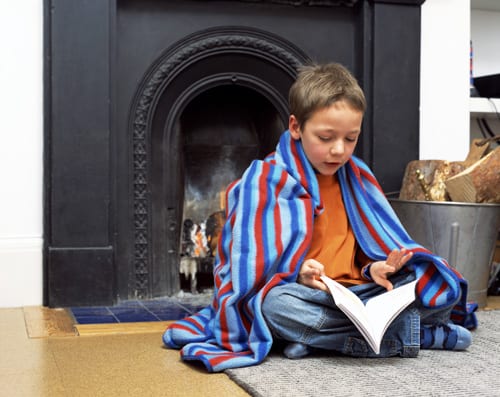
Sight vs. Vision
Most people think that when their child passes the eyesight check-up at the pediatrician everything is fine. However, few people realize that good eyesight is only one of many visual skills and abilities that make up the visual process. When the pediatrician checks our children, he does not understand that reading a chart equally well with each eye alone does not tell you whether both eyes together actually process the data, or whether only one eye does all of the work by itself. Checking eyesight is only the very beginning of a developmental visual evaluation. This type of evaluation involves careful examination of all the visual abilities needed to function as a visually competent individual.
 So, what are the visual abilities needed to be functioning efficiently? The first visual skills that develop in a baby are eye movement skills involving fixating (looking at a target), fusion(eye-teaming), tracking, and saccadic eye movements (moving the eyes from one object to another). Children are not born with these skills, these are developed through early infant motor development.
So, what are the visual abilities needed to be functioning efficiently? The first visual skills that develop in a baby are eye movement skills involving fixating (looking at a target), fusion(eye-teaming), tracking, and saccadic eye movements (moving the eyes from one object to another). Children are not born with these skills, these are developed through early infant motor development.
Babies come into this world with only the ability to see an object. The object is not clear, they don’t know how far it is, what it is, nor where it is. All of this knowledge is developed from infancy on. As the child continues to develop, he starts to manipulate objects (eye-hand coordination) and develop knowledge of the world around him. In moving through space, he starts to build knowledge also of a three dimensional world. With even more growth and development, he can then go on to use vision to develop abstraction so that vision acts even when the physical object is no longer there. These are the visual abilities that should be in place for every child upon entering school. When these skills are either not present or have not fully emerged the child must then find a compensatory way of solving the challenges that school presents.
 A developmental evaluation of vision determines whether all of the components of the visual process are present and operating without restriction. If there are restrictions of one sort or another, a developmental optometrist can offer one of several approaches in order to treat the visual dysfunction; reading lenses to relieve the focus load, and/or visual therapy to develop or improve the visual abilities.
A developmental evaluation of vision determines whether all of the components of the visual process are present and operating without restriction. If there are restrictions of one sort or another, a developmental optometrist can offer one of several approaches in order to treat the visual dysfunction; reading lenses to relieve the focus load, and/or visual therapy to develop or improve the visual abilities.
These are some of the tools available to treat the visual dysfunction.
